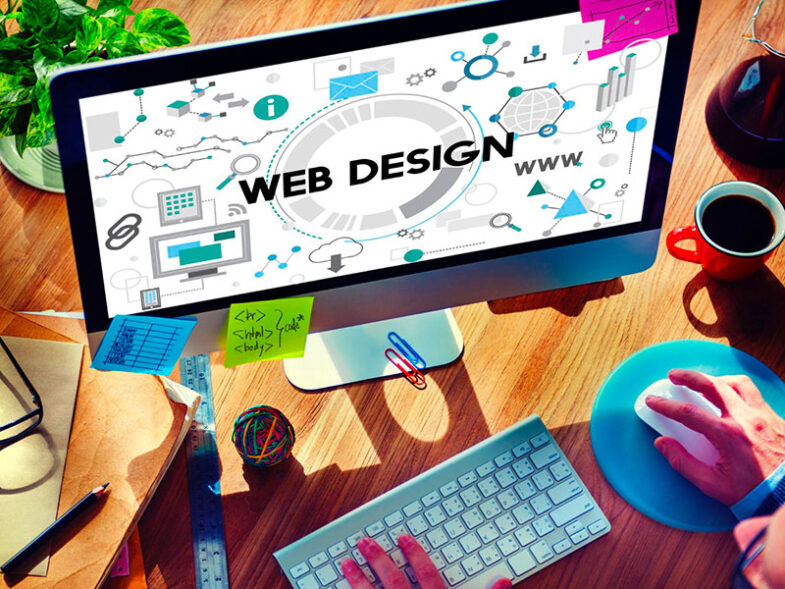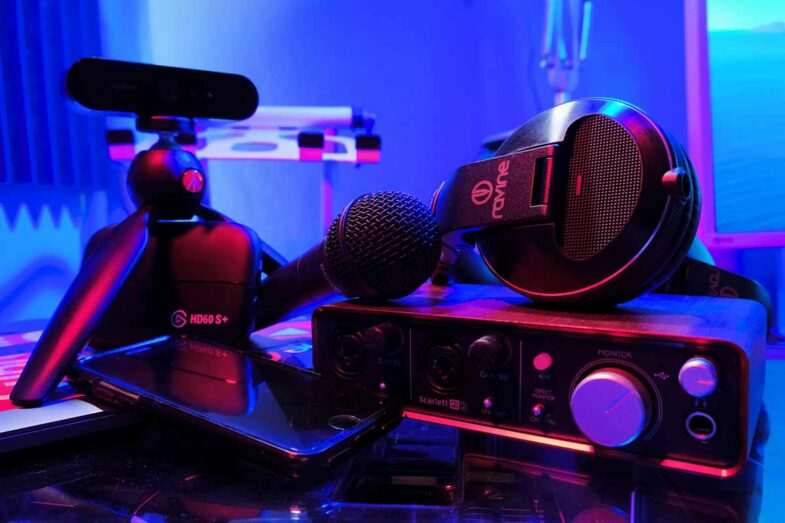The gig economy has revolutionized the way businesses and individuals approach work. As freelancing and flexible employment models grow, the concept of on-demand design has emerged as a powerful tool in the modern economy. This article explores the nuances of on-demand design, how it integrates into the gig economy, and its implications for businesses and creatives alike.
The Evolution of Work in the Gig Economy
The gig economy has shifted the dynamics of traditional employment, giving rise to a more fluid and flexible workforce. Platforms like Uber and Airbnb have set the stage for this transformation, showing that services can be efficiently delivered without the constraints of a traditional 9-to-5 setup. This flexibility has also extended to creative industries, including graphic design, branding, and marketing.
Creative professionals are increasingly moving away from full-time roles in favor of freelancing and contract work. For businesses, this means access to a global talent pool without the overhead costs of maintaining an in-house team. The gig economy thrives on the principle of supply meeting demand in real time, and creative services are no exception.
On-demand design, as part of this trend, bridges the gap between businesses that need quick, high-quality creative work and designers seeking flexibility and autonomy. This mutual benefit has driven a surge in demand for platforms and agencies that specialize in on-demand creative solutions.
What Is On-Demand Design?
On-demand design refers to the ability to access high-quality creative services when needed, bypassing the long timelines and inefficiencies often associated with traditional agencies or in-house teams. It is a model born from the gig economy, aligning perfectly with the ethos of immediate results and adaptability.
Businesses, especially startups and small enterprises, benefit immensely from on-demand design. These organizations often lack the resources to build an in-house design team or engage with costly agencies. On-demand design provides them with a cost-effective alternative to achieve professional branding and marketing materials on a flexible schedule.
For creative professionals, on-demand design offers unparalleled opportunities to work with diverse clients and industries. Agencies like Designity, which leverage an on-demand design model, demonstrate the effectiveness of this approach. Their managed, subscription-based service allows businesses to access top-tier talent without the traditional barriers. This innovative approach highlights the growing intersection of technology and creativity in the gig economy.
How On-Demand Design Is Redefining Creative Services
The traditional agency model, characterized by high costs and lengthy timelines, is increasingly being challenged by the on-demand design approach. Businesses no longer have to endure weeks of back-and-forth to finalize a logo or a marketing campaign. On-demand design brings agility to the forefront, offering rapid turnaround times without compromising quality.
The ability to scale creative efforts up or down as needed is another advantage. Businesses experiencing seasonal peaks or sudden demands can tap into a pool of designers without worrying about hiring or layoffs. This scalability is particularly crucial in fast-paced industries such as e-commerce, tech startups, and digital marketing.
Technology plays a pivotal role in facilitating this transformation. Platforms that offer managed services streamline collaboration between businesses and creatives, ensuring clear communication and project tracking. This tech-enabled efficiency is a cornerstone of on-demand design’s appeal in the gig economy.
The Benefits of On-Demand Design for Businesses
For businesses, on-demand design represents more than just cost savings—it is a strategic advantage. Companies can allocate resources more effectively, focusing on their core operations while leaving creative work to experts. The flexibility of this model also allows for better adaptation to market trends and customer preferences.
One of the most compelling benefits is the access to a curated pool of talent. Additionally, the subscription-based model eliminates the unpredictability of hourly billing. Businesses can budget their creative needs with confidence, knowing exactly what they’re getting for their investment. This level of transparency is a game-changer in an industry often plagued by hidden fees and unclear deliverables.
Challenges and Considerations in On-Demand Design
Despite its numerous benefits, on-demand design is not without challenges. One significant concern is maintaining brand consistency when working with multiple designers or agencies. Businesses must establish clear guidelines and ensure that all creative work aligns with their brand identity.
Another challenge lies in communication. While technology facilitates collaboration, it cannot entirely replace the nuances of face-to-face interaction. Businesses and designers need to invest time in understanding each other’s goals to achieve the best outcomes.
Lastly, not all on-demand services are created equal. It is crucial for businesses to vet their providers carefully, prioritizing agencies or platforms with a proven track record of quality and reliability. Choosing the right partner can make all the difference in achieving creative success.
The Role of Creatives in the On-Demand Economy
For designers, the rise of on-demand services has opened up new avenues for growth and diversification. Instead of being confined to a single employer or project type, creatives can now explore a variety of industries and challenges. This diversity not only enhances their portfolios but also keeps their work dynamic and engaging.
On-demand platforms also provide a level of professional support that traditional freelancing often lacks. Creatives can focus on their craft while agencies handle client acquisition, project management, and administrative tasks. This support system allows designers to thrive without the distractions of running a business.
However, with this flexibility comes the need for self-discipline and adaptability. Creatives must be proactive in honing their skills and staying updated on industry trends to remain competitive in the gig economy.
The Future of On-Demand Design in the Gig Economy
The future of on-demand design is bright, with continued growth and innovation on the horizon. As businesses increasingly prioritize flexibility and efficiency, the demand for creative services delivered through this model will only rise. Emerging technologies such as AI and machine learning are likely to further streamline the design process, enhancing collaboration and output quality.
For creatives, this evolution represents both an opportunity and a challenge. While the gig economy offers unprecedented freedom, it also demands continuous improvement and adaptability. The most successful designers will be those who embrace change and leverage the tools available to them.
Ultimately, on-demand design is not just a trend—it is a fundamental shift in how creative services are delivered and consumed. By aligning with the principles of the gig economy, it empowers businesses and creatives alike to thrive in an increasingly fast-paced and competitive world.









